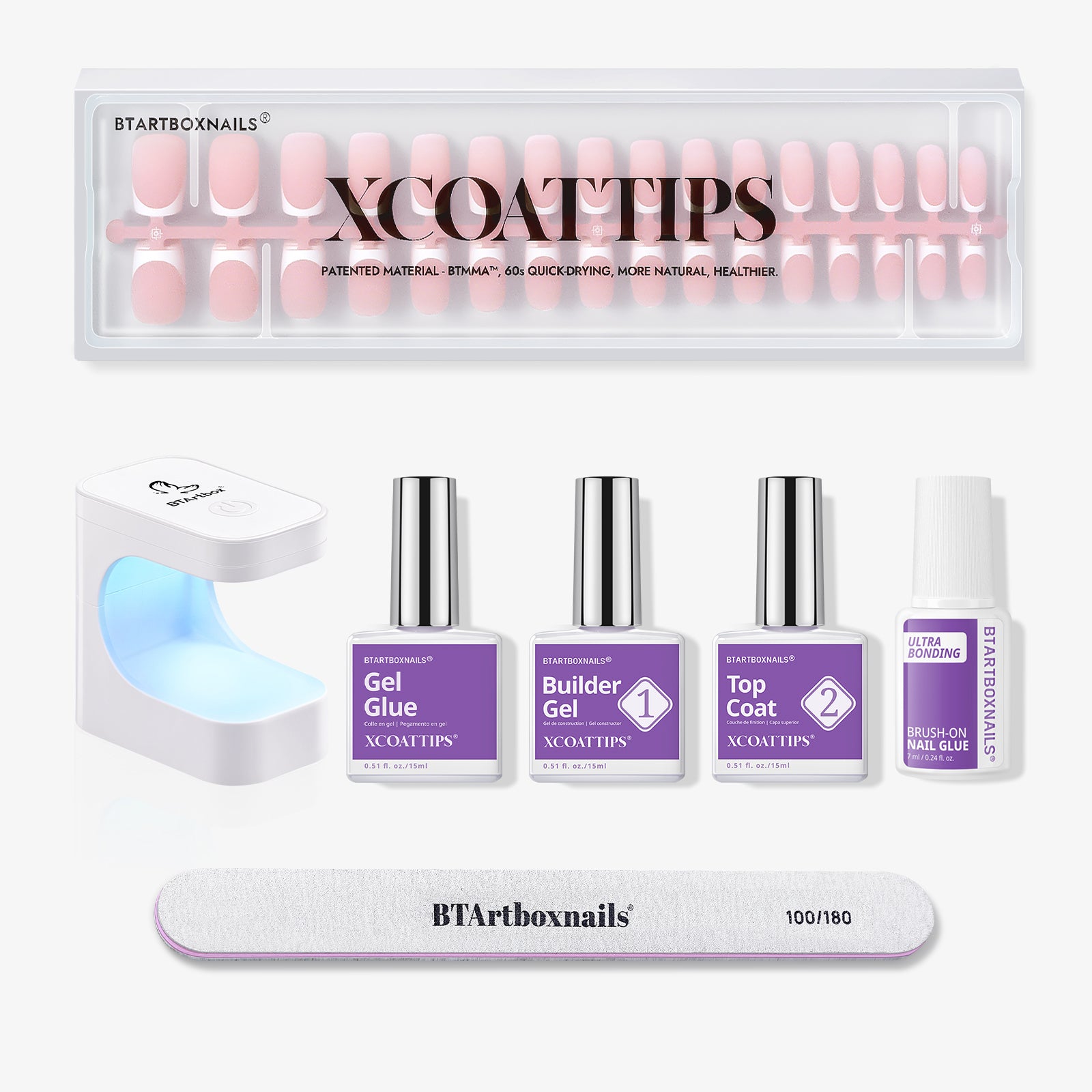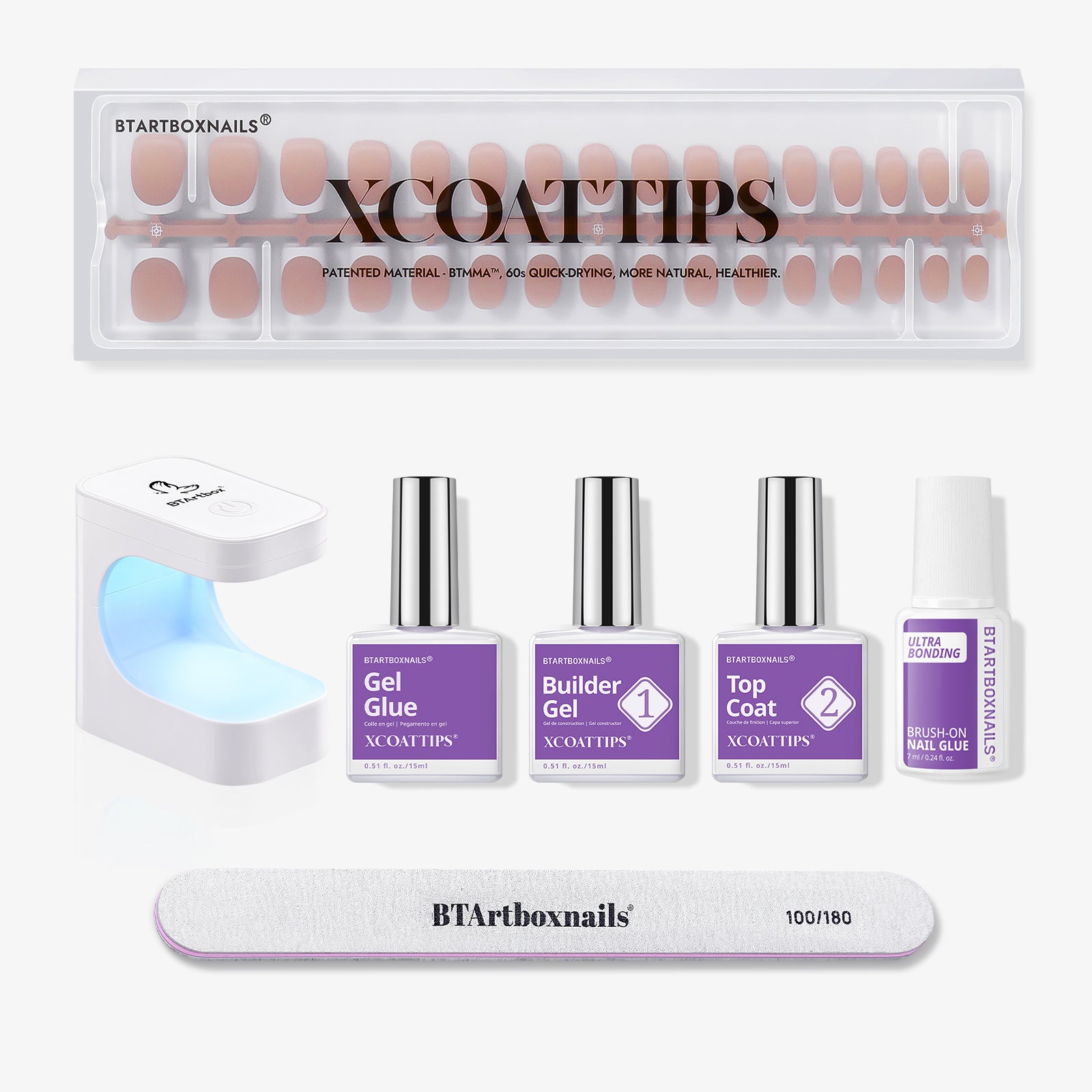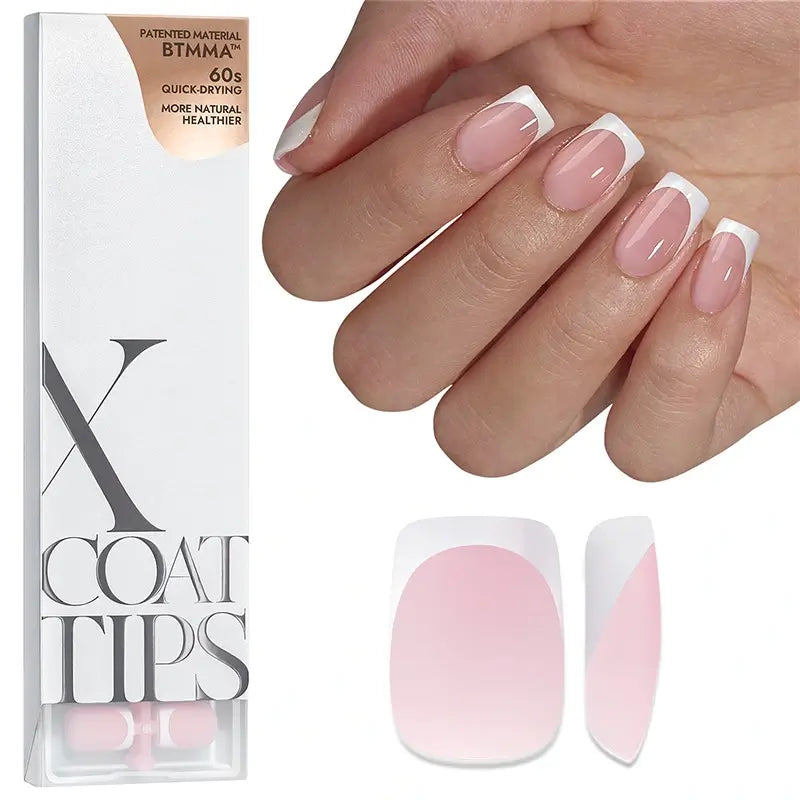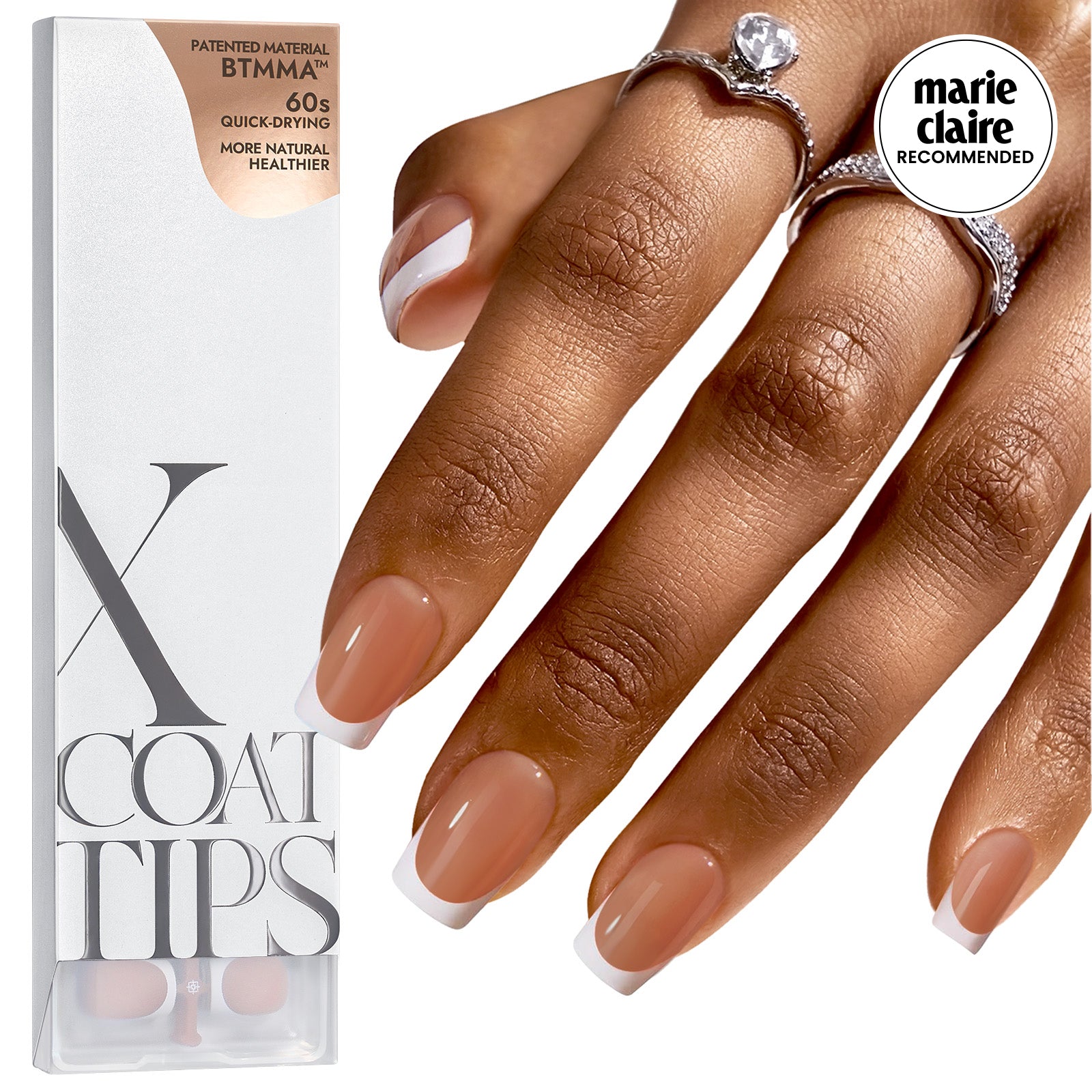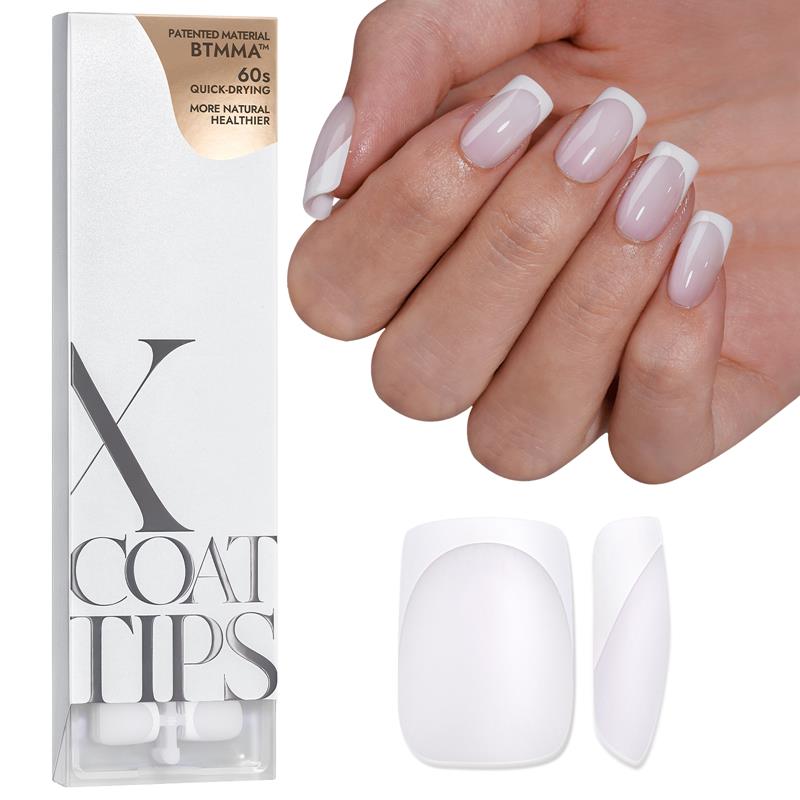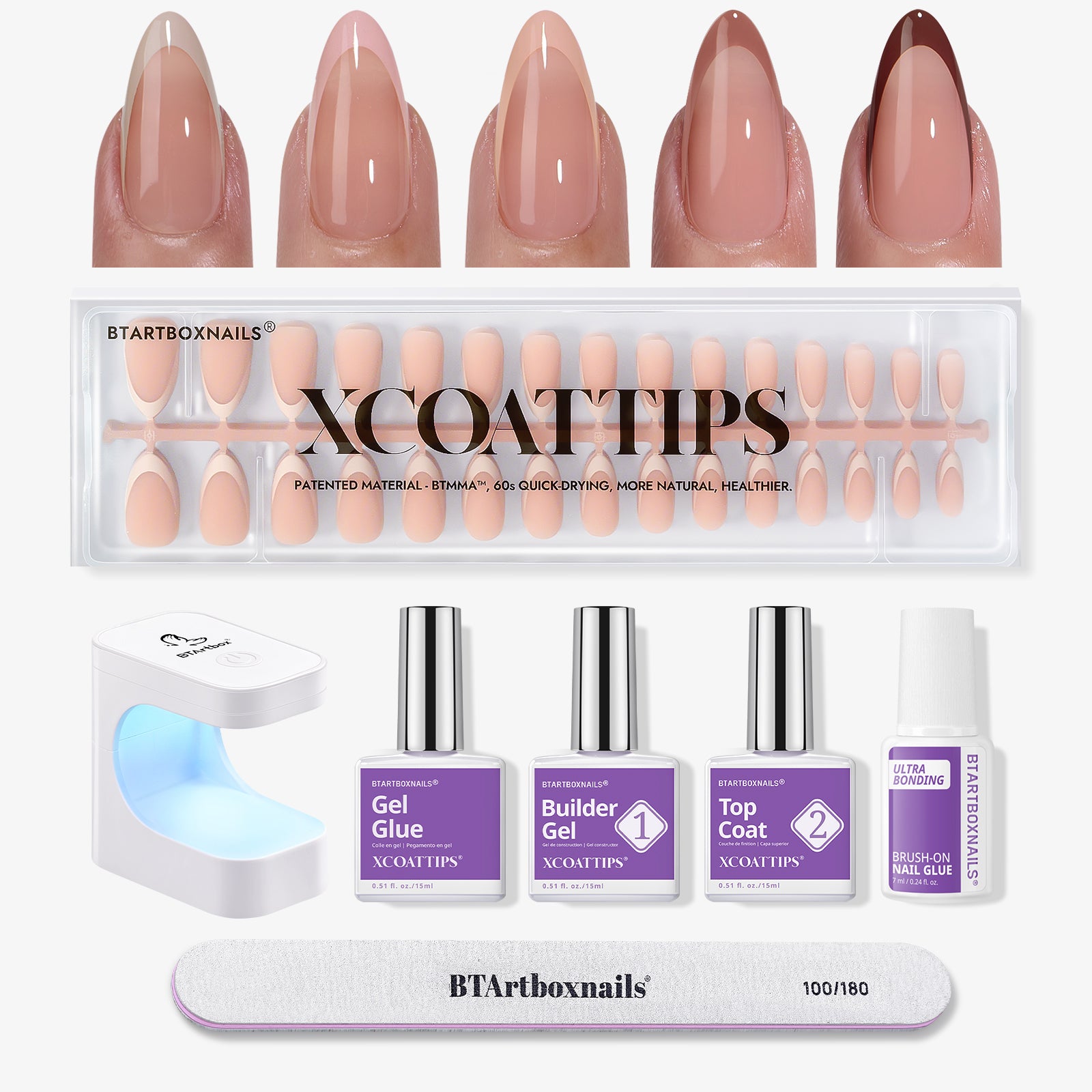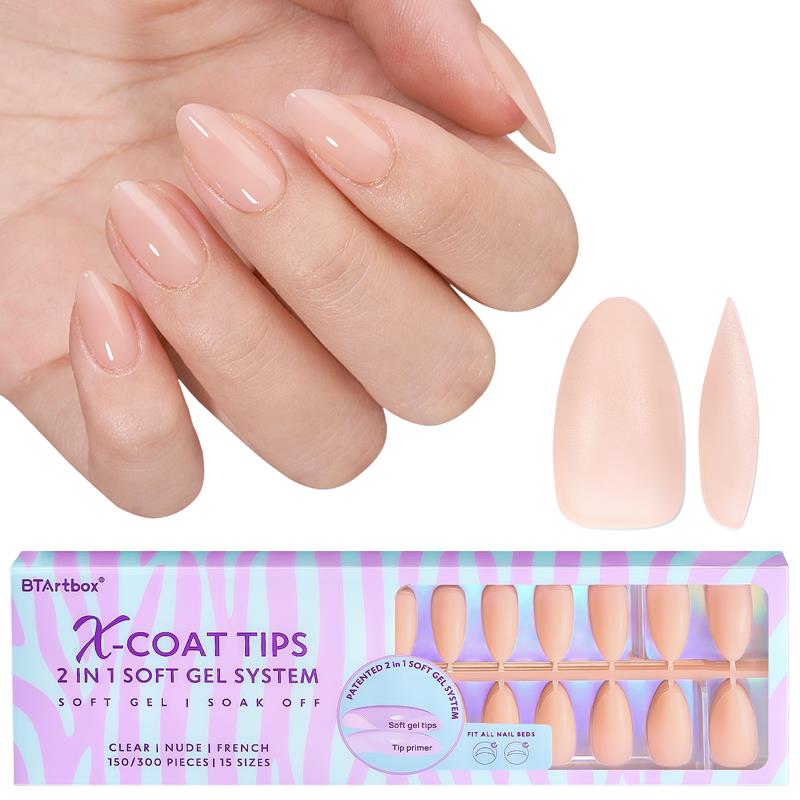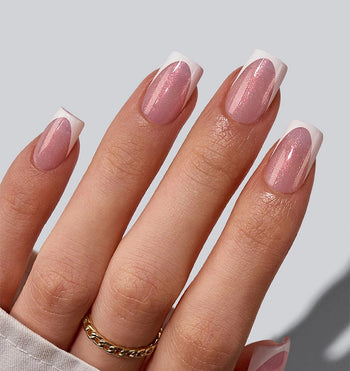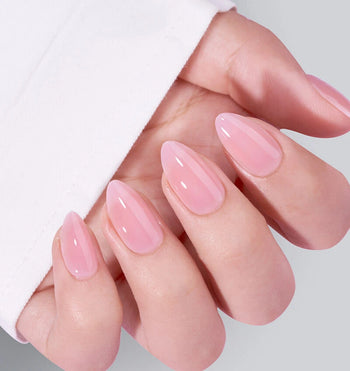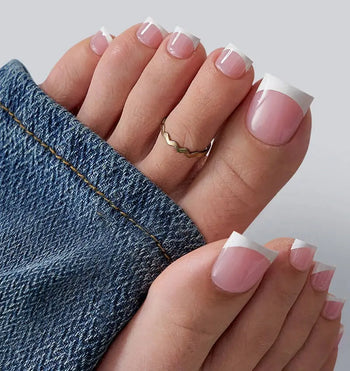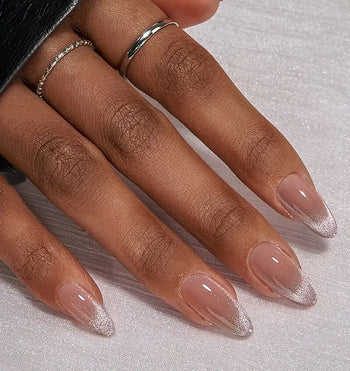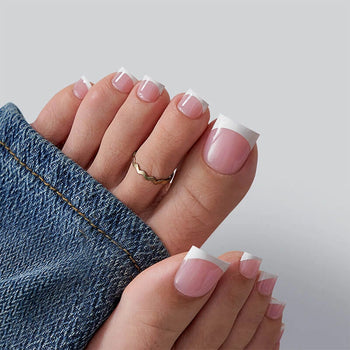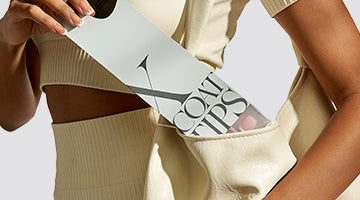To maintain immaculate nails, it's essential to push back cuticles—but do you know why this fundamental step is crucial for your nail health?
Cuticles act as a protective fortress for your nails, warding off infections. However, neglect in cuticle care can lead to overgrown barriers, making your nails appear shorter and potentially impeding growth.
Discover how a routine that includes proper cuticle maintenance not only beautifies your manicure but also promotes the natural elongation of your nails. Cuticle care isn't just for aesthetics; it's a defense strategy against common nail woes, like hangnails and infections.
Step into the world of cuticle care, learning how to keep them soft to avoid damage and well-moisturized for health. Want to know how to get nails that are both tough and shiny? Keep reading for simple tips from the pros on taking care of your cuticles the right way.
Understanding Cuticle Maintenance
Proper cuticle maintenance is essential for nail health, involving care routines that maintain the cuticle’s integrity while debunking prevalent myths.
Your cuticles play a pivotal role in the overall health of your nails by serving as a protective barrier. They are the thin layer of skin at the base of your nail whose primary function is to protect the nail matrix (the area where new nail growth occurs) from external threats.
This includes shielding the nail bed from bacteria and infections that can lead to damage or disease.
- Protection: Cuticles seal the area between the skin and the nail plate.
- Prevention: They prevent the ingress of pathogens that could cause infections.
- Nail Growth: Healthy cuticles contribute to the consistent growth of the nail.
Common Myths About Cuticle Care
When it comes to cuticle care, misinformation can lead to practices that compromise nail health. Here are a couple of myths to be aware of:
-
Cutting Cuticles Is Necessary for Neat Nails: Contrary to this belief, cutting your cuticles could lead to irritation, infection, and even damage the nail's growth pattern. Instead of cutting, gently push back the eponychium after softening it.
- Dry Skin Around Nails Should Be Ignored: Dry skin around the nail area should not be overlooked. It's an indicator that your nails and cuticles need hydration. Incorporating a daily moisturizing regime can prevent dry skin, which often leads to peeling and potential infection.
Also read these articles about nail care:
Preparing Your Cuticles
Properly preparing your cuticles is a crucial step to maintaining healthy nails and preventing damage. This process involves softening the cuticles and choosing the right tools for safe and effective grooming.
Soaking Your Nails
Begin by removing any nail polish using an acetone-free nail polish remover to avoid drying out your nails and skin.
Fill a bowl with warm soapy water—consider adding a few drops of moisturizing soap to promote softening.
Soak your nails for about 5 to 10 minutes, which will help to soften the cuticles and clean the nail bed.
The water temperature should be warm but not hot, to keep the skin soft without causing irritation.
Selecting Appropriate Tools
Choose your tools carefully for pushing back cuticles. The most common options include:
- Orange stick: Also known as a cuticle stick, made of soft wood to gently push the cuticle without scratching the nail.
- Cuticle pusher: Available in metal or wood, these are designed for a more precise push with a curved end that fits the natural shape of your nail.
|
Tool |
Material |
Best For |
|
Orange stick |
Wood |
Gentle nudging and cleaning under the nail |
|
Wooden cuticle pusher |
Wood |
Soft pushing and nudging of the cuticle |
|
Metal cuticle pusher |
Metal |
Precise work and can last longer |
Remember to never force or cut the cuticle, as this can lead to damage and potential infection. A gentle push is all you need.
After pushing back the cuticles, moisturize your hands and nails to keep them hydrated. A high-quality hand cream or cuticle oil will keep your cuticles in good condition.
Proper Techniques for Pushing Back Cuticles
In a proper manicure, gently pushing back your cuticles is a crucial step to enhance nail health and appearance. Here, you'll learn a safe way to achieve pain-free care and how to maintain hydration afterwards.
Safe and Painless Cuticle Care
Before attempting to push back your cuticles, prepare your nails to prevent any pain or damage.
Start by cleansing your nails with a non-acetone polish remover to ensure there's no oily residue, which can make the process slippery.
Then, soak your hands in warm soapy water for about five minutes to soften the cuticles.
Using a specialized cuticle pusher or a wooden orange stick, gently roll back the cuticles in circular motions.
Avoid sharp or forceful movements, as these can cause injury to the delicate skin around your nails.
- Soak: Place your hands in soapy water.
- Prepare: Clean with non-acetone remover.
- Push: Use a cuticle pusher in circular motions.
- Shape: Gently guide the cuticle to reveal more of the nail plate.
Hydrating After Care
After pushing back the cuticles, nurture the skin with moisturizing agents to maintain suppleness and prevent cracking.
Apply a generous amount of cuticle oil, such as coconut oil, and a hand cream or lotion to both the cuticles and surrounding skin, massaging it in well.
This helps to lock in moisture and protect the nails and skin after the manicure process.
Managing Overgrown Cuticles
Overgrown cuticles can detract from the look of your manicure and contribute to nail health issues. Regular maintenance and proper trimming techniques are essential for managing overgrown cuticles safely and effectively.
When and How to Trim Safely
To safely trim overgrown cuticles, follow these specific steps:
-
Soak your nails: Submerge your fingertips in a bowl of warm water for about 5 minutes to soften the cuticles.
-
Dry thoroughly: Use a clean towel to pat your nails and surrounding skin completely dry.
-
Apply a moisturizer: Rub a small amount of petroleum jelly or a cuticle oil onto the cuticle to add moisture and further soften them.
-
Trimming:
- Use the right tool: A cuticle nipper is designed to carefully trim excess skin without pulling or tearing.
- Cut conservatively: Trim only the free edge of the cuticle, avoiding live skin to prevent the risk of bacterial infection.
- Disinfect your tools: After use, ensure that you clean your cuticle nipper with alcohol or a solution made for sterilizing manicure tools to avoid bacteria.
How To Repair Damaged Cuticles
Damaged cuticles require careful attention to heal properly and prevent infection. Keep these pointers in mind:
- Avoiding further damage: Refrain from nipping aggressively or picking at hangnails to prevent tears that can lead to bacterial infections.
- Use cuticle oil: Regularly apply cuticle oil to provide moisture and aid in repair.
- Limit exposure to drying agents: Reduce the use of nail polish remover, especially those containing acetone, as they can strip moisture from the nails and skin.
- Protection: Wear gloves when using cleaning products or doing activities that may harm your cuticles.
Additional Cuticle Care Tips

Proper cuticle care extends beyond just pushing them back—it includes maintaining daily moisture and seeking professional advice. Here's how you can enhance your cuticle care routine.
Effective Products for Daily Moisture
Your cuticles protect your nails from bacteria and keep them healthy, so it's important to keep them moisturized.
Daily use of hydrating products can prevent the cuticles from becoming dry or cracked.
Consider the following options:
- Oils: Look for products containing vitamin E, which can nourish the thin skin of the nail bed.
- Creams: Heavier than oils, creams can provide a protective layer of moisture. Ingredients like lanolin or shea butter are beneficial.
- Petroleum-Based Products: For an intense moisturizing treatment, apply Vaseline or similar petroleum-based products before bed and wear cotton gloves to seal in the moisture.
Also read: Press On Nails - Everything You Need To Know
Conclusion
Maintaining your cuticles is a big step towards strong, healthy nails. Keep them soft and moisturized, and you'll pave the way for a beautiful manicure. Ready to transform your nail game with minimal effort?
To instantly elevate your look after such meticulous care, check out BTArtBox's press-on nails. They're quick to apply, delivering a professional manicure appearance. Click to experience the elegance of BTArtBox Press-On Nails—the perfect match for your well-maintained cuticles.
Top Picks Collections:
Frequently Asked Questions
What happens if I don't push my cuticles back?
Not pushing back your cuticles can lead to overgrown cuticles that may make your nails look shorter and potentially interfere with nail growth. Overgrown cuticles can trap dirt and bacteria, increasing the risk of infection. It's important to gently push them back to keep your nails clean and maintain their healthy appearance.
Does pushing back cuticles help nails grow?
Pushing back cuticles in itself doesn't cause nails to grow, but it does help by maintaining the health of the nail bed, which is where the new nail growth occurs. Keeping the cuticle area tidy and free from overgrowth allows for a better environment that supports the natural growth process of your nails.
Should I push back cuticles before applying press-on nails?
Yes, pushing back cuticles before applying press-on nails is recommended. It helps ensure that the press-ons adhere properly and look as natural as possible by providing a clean, smooth surface. This step also helps prevent lifting and allows the press-on nails to last longer.
Does cutting cuticles make them longer?
Cutting your cuticles does not make them longer. In fact, cutting cuticles can be harmful, leading to infections and potentially damaging the nail growth area. Instead, it is advisable to gently push back the cuticle after softening it, which is a safer way to maintain their appearance and health.
How many times a week should you cut your nail cuticles?
You should avoid cutting your cuticles altogether. Cutting the cuticles can lead to infections and other nail problems. The best practice is to gently push them back after they have been softened by soaking in warm water. If there is excess dead skin, a cuticle remover can be used sparingly. Regular moisturizing of the cuticles with oils or creams is recommended to keep them supple and healthy.
